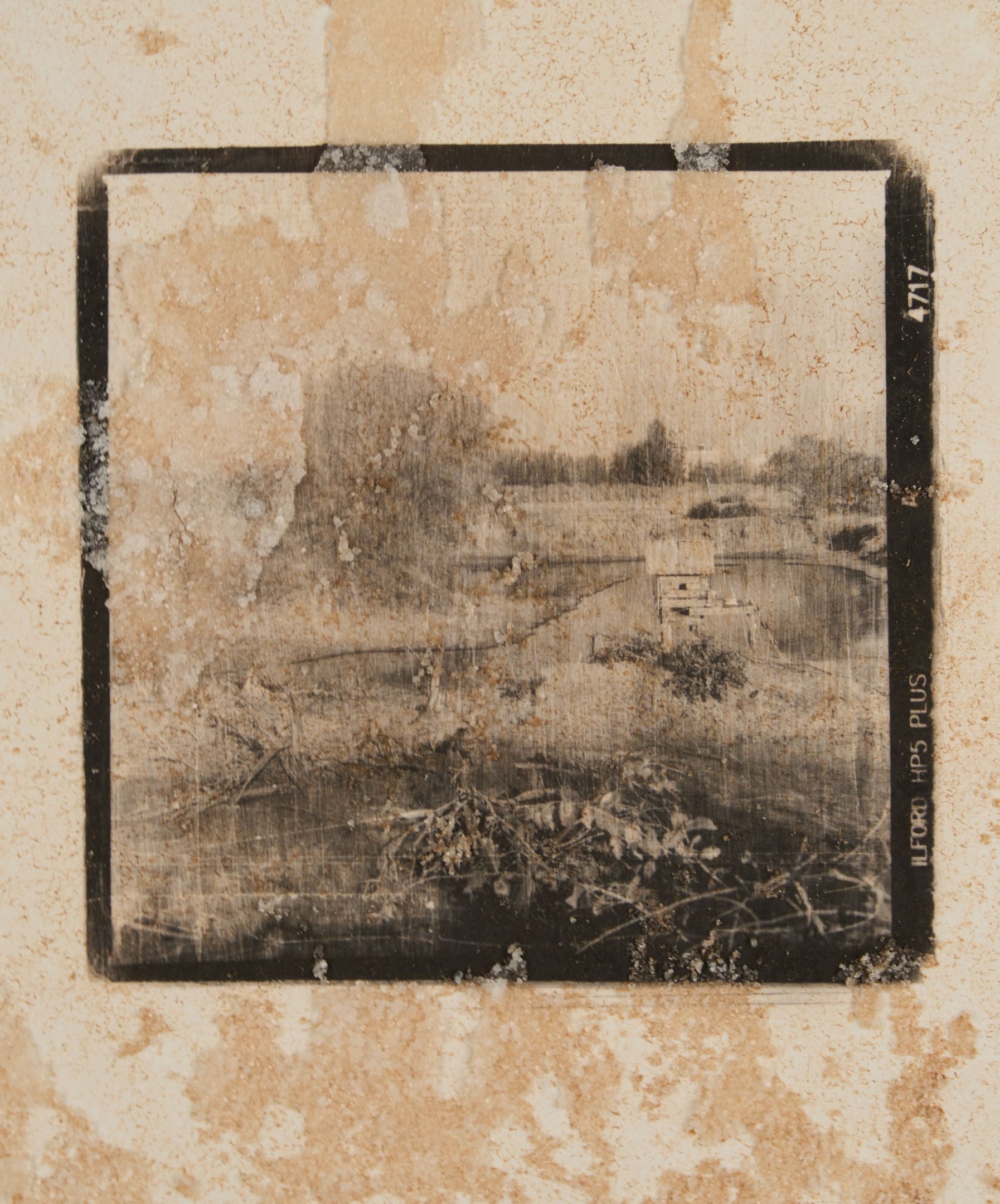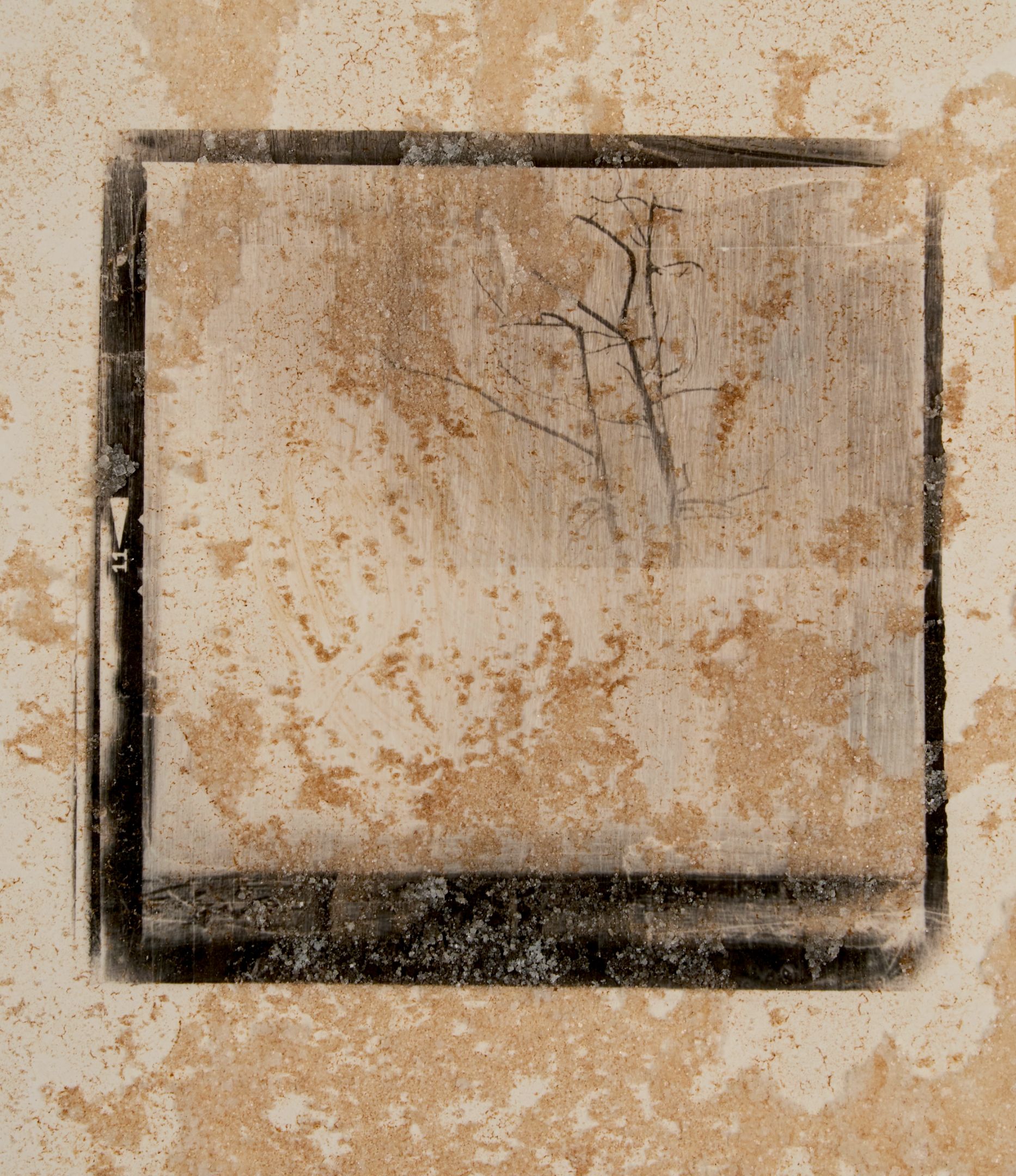
College of Design, Rangsit University
Ugrid Jomyim





Abstract :
This creative project is a collaboration between social science concepts and the concept of creating contemporary photographic art. It was applied to the study and recording of the community area of Ban Sa Khi Tun, Nong Sai Subdistrict, Dan Khun Thot District, Nakhon Ratchasima Province. The researcher found that in this area, people have come out to fight for their rights that they should have from being affected by the Potash mining factory. The researcher’s work has recorded the area and people, collected objects in the area, and experimented with photography, making the works meaningful and able to reflect the phenomena that have occurred, creating an aesthetic in photographic art that aims to provide meaning rather than beauty that can be felt through the eyes.
Objectives :
- To present the issues in the Ban Sa Khi Tun community through the artistic process of photography and visual media.
- To integrate knowledge from the social sciences into creative photographic work, enhancing the depth and relevance of the issues reflected in the community.
Conceptual Framework :
This research aims to bring sociology and anthropology into the creative work process to present the problems that occur in the Ban Sa Khi Tun community, Dan Khun Thot District, Nakhon Ratchasima Province in the form of Fine art Photography and Video Art. This creative work process will allow the community to participate in the presentation by conducting formal interviews, participatory observations of daily life, and the impacts that the community has received on the issues of physical space, the environment, and the rights of people in the community. Each concept will be used to explain the phenomena that occur. The researcher will use the concepts of Anthropocene and Environmental Anthropology to study the areas of the community that have been affected in which way from mining plants and government policies on resources, including the changing environment of the community. How do people in the community adapt, change, and negotiate with the state and capital in their areas of life? Then, the analysis under both conceptual frameworks will be developed into the creative work process of photography, images under the framework of contemporary art where artwork can open up opportunities for viewers and society to freely interpret the meanings from what the artist has presented as work.
Process / Methodology :
This creative work, the researcher has set the scope to study the Ban Sa Khi Tun community, which has been affected by the environmental impact of potash mining, in terms of community rights, loss of farmland, and environmental changes, which have led people to come out and demand their rights, due to the problems of government policies that favor capital groups. The research protocol is as follows:
- Collect data, set the research framework, and plan to go to the field to collect data using participatory observation and non-participatory observation, including formal interviews and searching for information via social media.
- Analyze data from the field to produce creative photographic art, focusing on community landscapes, buildings, portraits, affected creatures, and objects that can explain changes in the area.
- Set the shooting perspective and prepare equipment for the field visit to record actual events in the community.
- Go to the actual shooting area according to the plan. Collect objects (salt sheets) that have impacted the land of people in the community and experiment with the photographs.
Techniques and Materials :
- Scratch Film (Black and White Film)
- Gelatin Silver Print
- Digital Print
Result / Conclusion :
From the process of fieldwork, formal interviews with leaders of villagers who participated in the movement against the potash mine, in terms of information from the researcher, it was found that the invasion of the mine was a process of capital combined with government agencies entering the community area without informing the community of the purpose. At first, the survey team that arrived around 2005 came to ask to dig a survey pit, only telling the people in the community that they came to survey the salinity of the soil in the villagers’ farmland. After that, in 2009-2011, the mine started to request a concession and completed the mine construction in 2015. During the time that drilling began, it started to affect the community’s farmland. Saltwater from mining overflowed into the community’s farmland and public water sources, causing the villagers to demand the mine be closed to the government.
In terms of the creative process, the researchers began by taking portraits and landscape photos in the affected areas with black and white film and brought them into the ‘Darkroom’ process, scratching the film before printing it into black and white images in order to convey the process of destroying the environment and attempting to erase people from their rights to maintain their inherited way of life. There was also a process of using salt from the area to experiment with the photographs, which resulted in traces of salt clinging to the surface of the photographs to emphasize the environmental impact.
References :
–